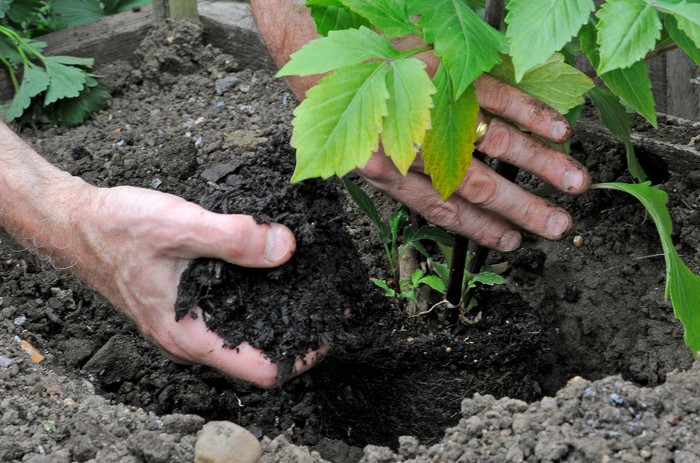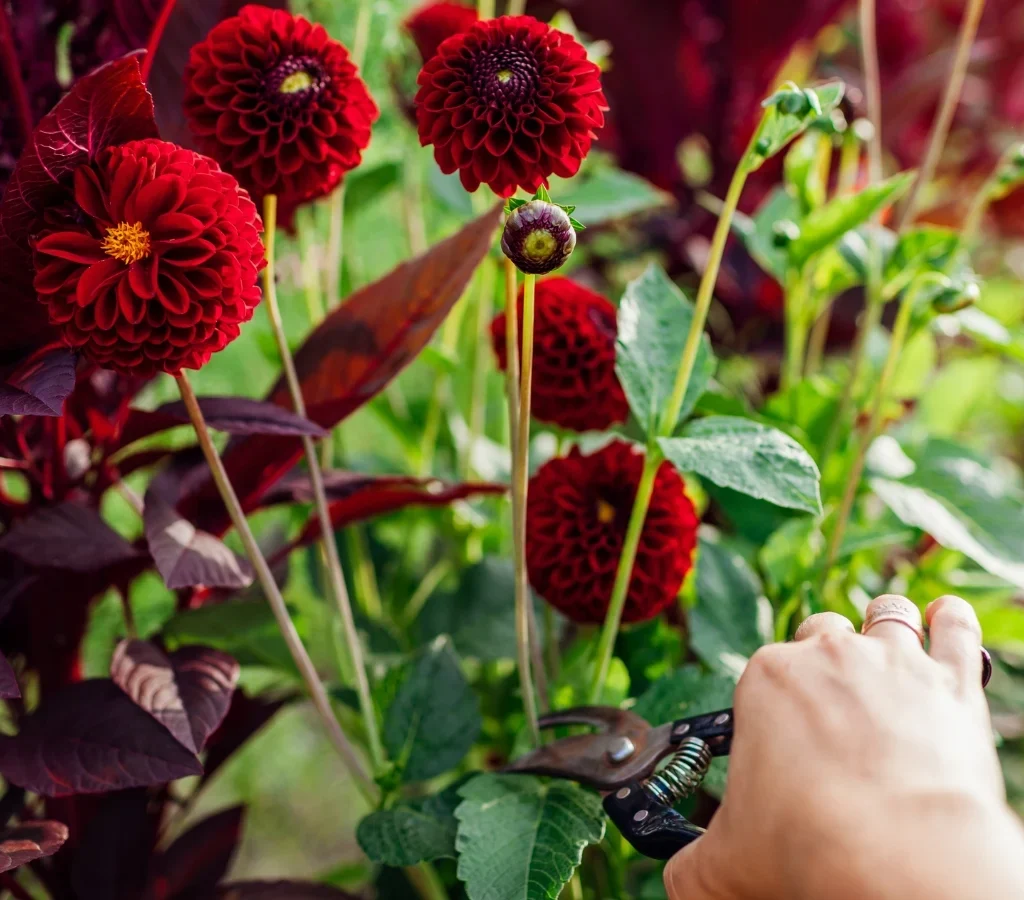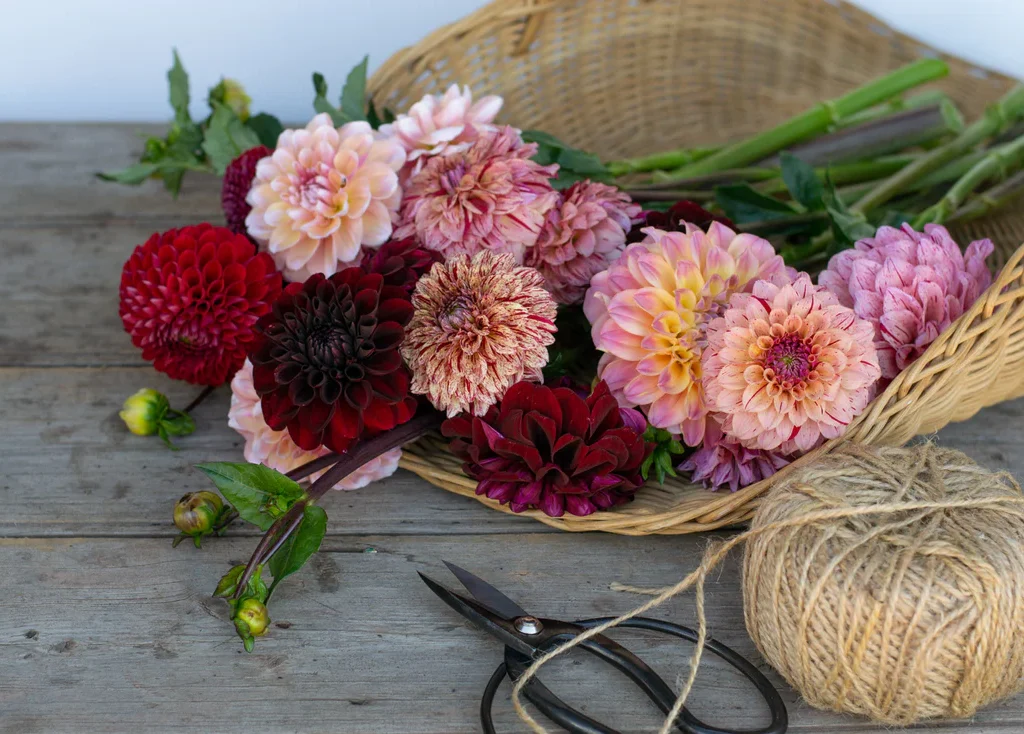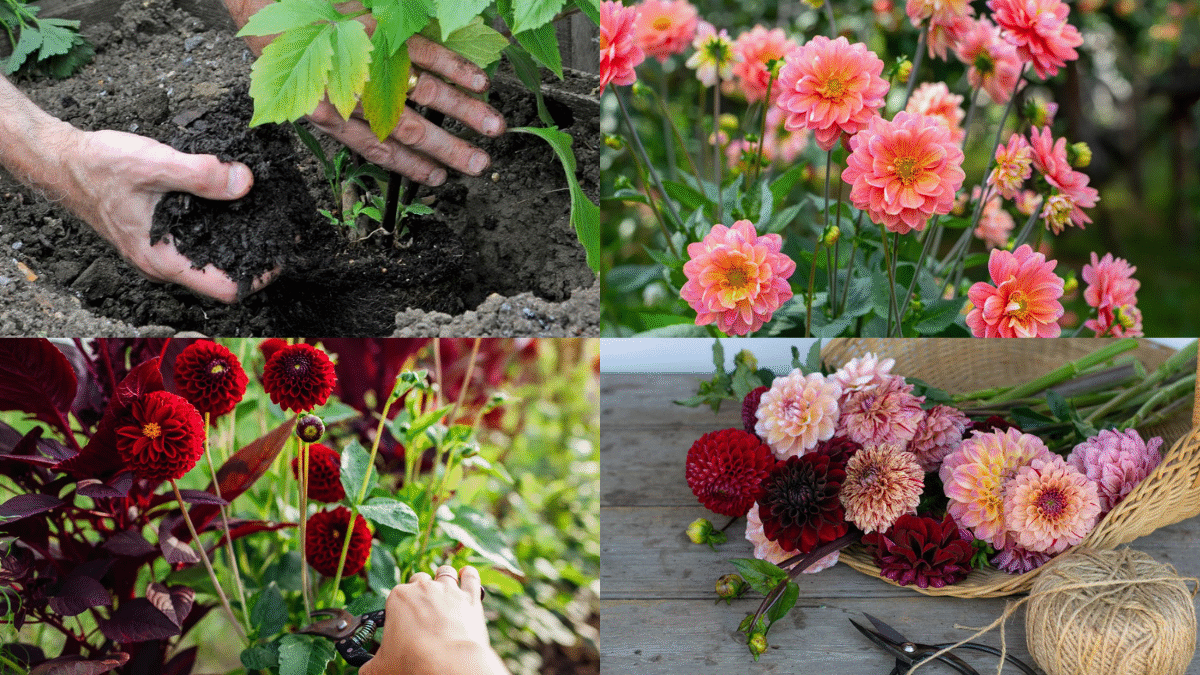If you’re dreaming of a garden bursting with bright, show-stopping blooms, dahlias are a must-have. These gorgeous, colorful flowers come in a dazzling range of shapes, sizes, and hues — from petite pompons to giant dinner-plate blossoms. The secret to growing these garden favorites lies in correctly planting and caring for their tubers.
In this comprehensive guide, we’ll walk you through everything you need to know about planting dahlia tubers, from choosing the right varieties to achieving a spectacular summer garden display.

Why Grow Dahlias?
Dahlias are beloved for their:
- Long blooming season — from midsummer to the first frost.
- Stunning variety of colors and forms.
- Excellent cut flowers for bouquets and arrangements.
- Ease of care once established.
They make fantastic additions to flower beds, borders, and containers, bringing bold, vibrant color to any outdoor space.
When to Plant Dahlia Tubers
Dahlia tubers should be planted in the spring, after all danger of frost has passed and the soil has warmed to about 60°F (16°C).
In general:
- USDA zones 7-10: Plant outdoors in mid to late spring.
- Colder climates (zones 3-6): Either start tubers indoors in pots 4–6 weeks before the last frost or plant outdoors after the final frost date.
Pro Tip: If you live in a colder area, you can give your dahlias a head start indoors in containers and transplant them when the weather stabilizes.
Choosing the Right Dahlia Tubers
Dahlia tubers look like small, brownish, elongated potatoes attached to a central stem. When buying tubers:
- Select firm, plump tubers without mold, rot, or shriveling.
- Ensure each tuber has at least one visible eye or growth bud, often located at the top near the stem.
Popular dahlia varieties:
- Café au Lait: Famous for large, creamy blush blooms.
- Arabian Night: Deep, velvety burgundy flowers.
- Kelvin Floodlight: Bright yellow dinner-plate dahlias.
- Bishop of Llandaff: Scarlet red flowers with dark foliage.
- Pompon and ball dahlias: Perfect for structured, globe-shaped blooms.
Preparing the Planting Site
Dahlias thrive in full sun, needing at least 6–8 hours of direct sunlight daily.
Soil requirements:
- Loose, well-drained, and slightly acidic to neutral soil (pH 6.0–7.0).
- Enrich soil with compost or aged manure to improve texture and fertility.
- Avoid overly wet, heavy soils, which can cause tubers to rot.
Pro Tip: If drainage is poor, consider raised beds or planting dahlias in large containers.

How to Plant Dahlia Tubers — Step-by-Step
Step 1: Prepare the Hole
Dig a hole about 6–8 inches deep and 12 inches wide. Loosen the surrounding soil to encourage healthy root development.
Step 2: Position the Tubers
Place the tuber horizontally in the hole with the eye or sprout facing upward.
Spacing:
- Small dahlias: 12–18 inches apart.
- Medium dahlias: 18–24 inches apart.
- Dinner-plate varieties: 24–36 inches apart.
Step 3: Cover the Tubers
Cover the tubers with about 2–3 inches of soil initially. As the plant grows, gradually fill in the rest of the hole.
Important: Avoid watering immediately after planting to prevent tuber rot. Wait until you see the first green shoots emerge.
Watering and Feeding Your Dahlias
Watering:
- Once sprouted, water deeply 2–3 times per week.
- Keep soil moist but never soggy.
- In hot, dry climates, mulching can help retain moisture and regulate soil temperature.
Feeding:
- Use a low-nitrogen fertilizer (5-10-10 or 10-20-20) to promote flowering over leafy growth.
- Feed monthly once plants reach about 12 inches tall.
- Stop fertilizing in late summer to allow plants to prepare for dormancy.
Supporting and Staking
Large dahlias, especially dinner-plate varieties, need support to keep their heavy blooms upright.
Tips:
- Install stakes or tomato cages at planting time to avoid disturbing the roots later.
- Use garden twine or soft ties to secure stems as they grow.
Common Pests and Problems
| Problem | Cause | Solution |
|---|---|---|
| Slugs and snails | Attracted to young shoots | Use organic slug pellets or beer traps |
| Aphids | Sap-sucking insects | Spray with insecticidal soap or neem oil |
| Powdery mildew | Fungal disease in humid weather | Provide good air circulation and avoid overhead watering |
| Tuber rot | Overly wet soil | Ensure good drainage and avoid overwatering |

Deadheading and Pruning
To encourage continuous blooming:
- Regularly deadhead spent flowers by cutting just above a leaf node.
- Pinch out the growing tips when plants reach 12–16 inches tall to encourage bushier growth.
Overwintering Dahlia Tubers (in Cold Climates)
Dahlias are tender perennials and will not survive freezing temperatures. In colder regions (zones 3–7), tubers must be lifted and stored over winter.
Steps:
- After the first frost blackens the foliage, cut stems down to 4 inches.
- Carefully dig up tubers, shaking off excess soil.
- Let them dry for a day in a cool, shaded area.
- Store tubers in peat moss, vermiculite, or sawdust inside a cardboard box or paper bag.
- Keep them in a cool, dark place (around 40–50°F or 4–10°C) until spring.
Check periodically for rot or shriveling.
When Do Dahlias Bloom?
- Dahlias typically start blooming about 8 weeks after planting.
- With proper care, they’ll continue to flower from midsummer through the first fall frost.
The more you deadhead and care for them, the more blooms you’ll enjoy!

Fun Facts About Dahlias
- Native to Mexico and Central America.
- The national flower of Mexico.
- Over 42 species and thousands of cultivars worldwide.
- Their tubers were once used as a food source by indigenous peoples.
Final Thoughts
Planting dahlia tubers is an easy, rewarding way to infuse your garden with radiant color and lush, dramatic flowers. With a little care, these brilliant blooms will light up your outdoor space all season long.
Whether you prefer soft pastels, bold reds, or striking bicolor varieties, there’s a dahlia for every gardener. From containers to cutting gardens, dahlias are a versatile, show-stopping choice you’ll look forward to growing year after year.





Leave A Comment